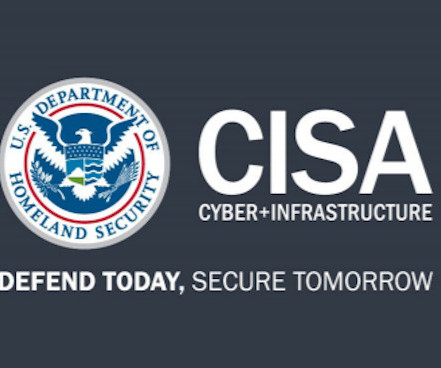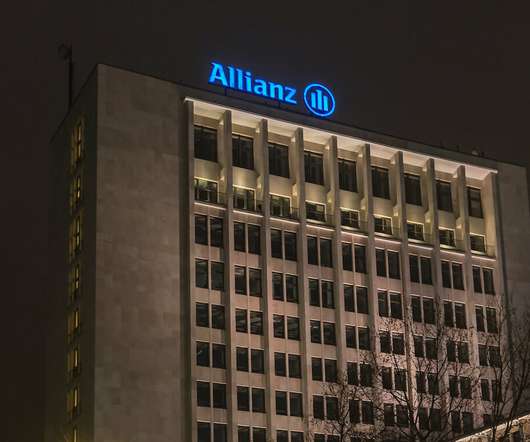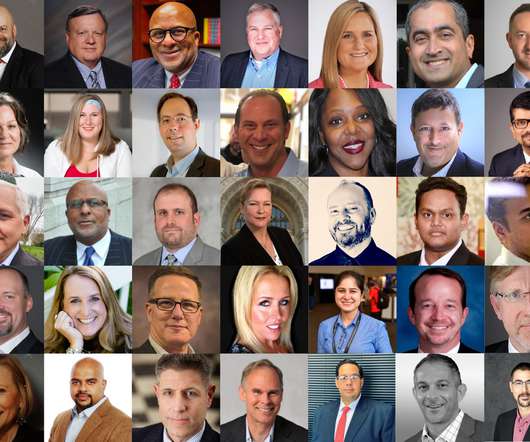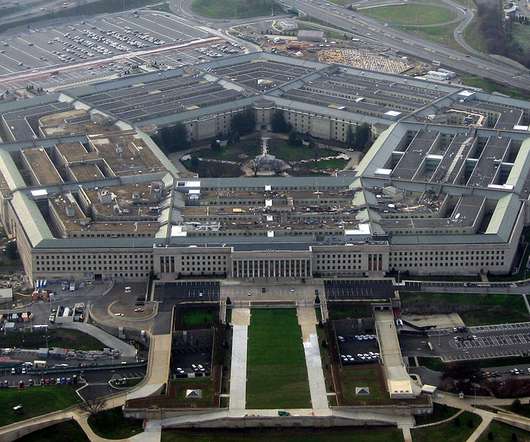News alert: Beazley reports on how AI, new tech distract businesses as cyber risk intensifies
The Last Watchdog
JULY 13, 2023
Yet, boardroom focus on cyber risk appears to be diminishing. The perceived threat of cyber risk to global business leaders peaked in 2021 (34%) and over the past two years, the risk perception has dropped (27%). But worryingly they appear less concerned by cyber risk than a couple of years ago.



















Let's personalize your content